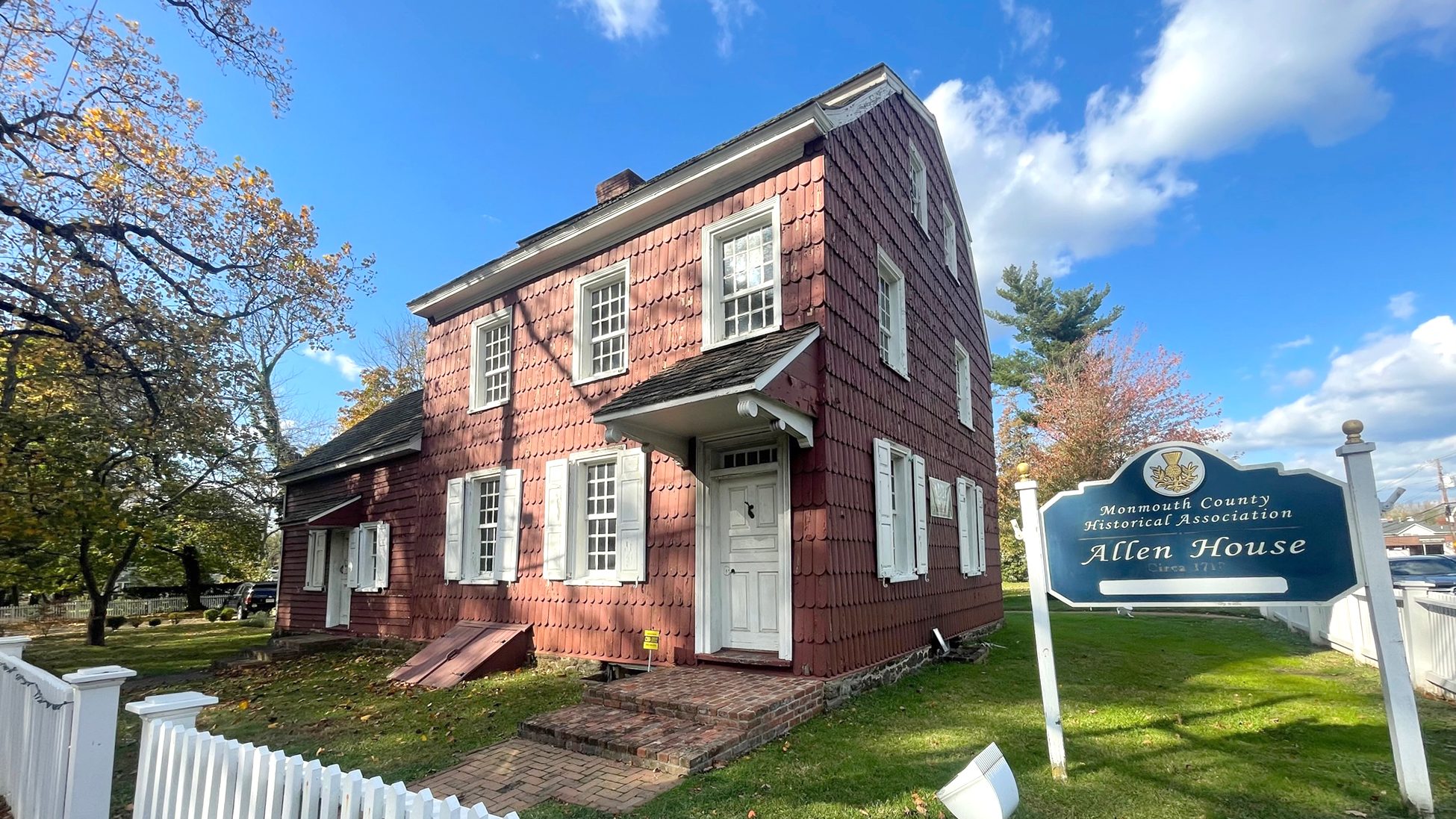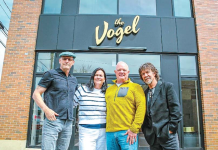
By Sunayana Prabhu
SHREWSBURY – The historic Allen House, sitting unobtrusively on one corner of the borough’s landmark crossing at Sycamore Avenue and Route 35, is getting a makeover. With money from a New Jersey Historic Trust grant – and hopefully more from the community – the Monmouth County Historical Association (MCHA) can complete a renovation to restore the structure for the benefit of generations to come.
“We are in Phase II of a three-year grant process from the NJ Historic Trust,” said Shannon Eadon, executive director of the MCHA. The MCHA is working with architect Margaret M. Hickey, a historic preservation specialist from Connolly & Hickey Historical Architects, LLC in Cranford, for the “probing and design” phase, Eadon explained.
A historic structure report prepared by the MCHA in 2022 identified “a variety of conditions at the exterior and interior” that needed to be addressed, she said, noting an additional need to provide a restroom and other modifications for improved visitor access.
The Allen House depicts early Dutch influences and building practices. According to the NJ Historic Trust website, the two-story house assembled in Dutch tradition is “quite rare.” The house displays many Dutch elements that are “typical for structures erected in Monmouth County during the first half of the eighteenth century, even if the owner was not of Dutch descent,” according to details on the website.
The Allen House sits on the northwest corner of the historic Four Corners in Shrewsbury, sharing the intersection with Christ Church (1769), the Presbyterian Church (1821), Shrewsbury Religious Society of Friends (Quakers) Meetinghouse (1816) and the Shrewsbury Historical Museum. The house was notably a tavern but also served as a town hall, post office, dance hall and courthouse where legal decisions were made by a visiting judge. The property has even served as a local store and welcomed a visit from President and Mrs. Woodrow Wilson in 1916. The rich history of Allen House also includes, among other events, a Revolutionary War massacre (1779).
The house was built in the 1680s by a Quaker named Judah Allen. It was later sold to Josiah Halstead in 1754. Halstead turned the house into a tavern and the period he occupied the house as a tavernkeeper “offers dynamic opportunities to interpret the American Revolution, conflict between Monmouth’s patriots and loyalists, themes of slavery and indentured servitude and impact of colonial economics on Monmouth County residents,” according to the details on the MCHA website.
The scope of the professional services in Phase II of restoration includes exploration of “hidden conditions,” Eadon explained, that could help upgrade the structure.
Exterior work includes repair and repointing of the masonry foundation, restoration of exterior wood shingles and siding, trim, windows, doors and entry porches, including surface preparation and painting. Exterior restoration also includes reworking the roof, possible installation of a roof drainage system and the creation of a more accessible entrance, which is currently quite narrow.
Inside The Allen House the scope of work will include restoration and repair of plaster finishes, flooring, trim and interior doors; installation of an accessible restroom; structural upgrades; and upgrades to the mechanical plumbing and electrical systems.
“This grant is a matching grant from the NJ Historic Trust. In Phase III, we will need to raise approximately $750K for construction,” Eadon said. “We will need help from the community to bring this project to fruition.”
MCHA’s goal is to have the renovation completed by the end of 2026.
The article originally appeared in the November 2 – November 8, 2023 print edition of The Two River Times.














